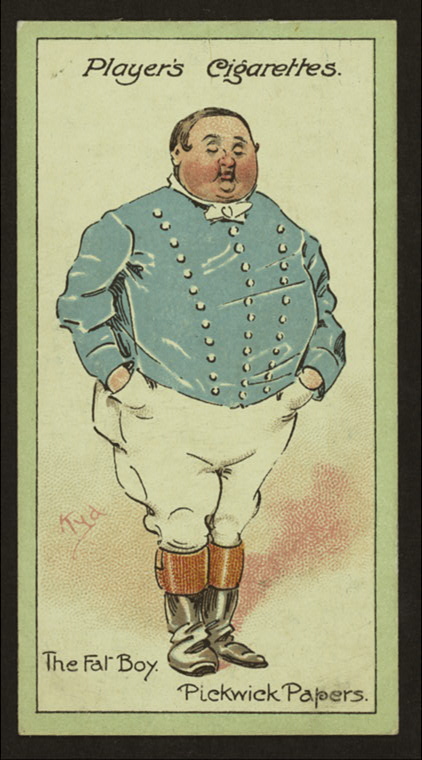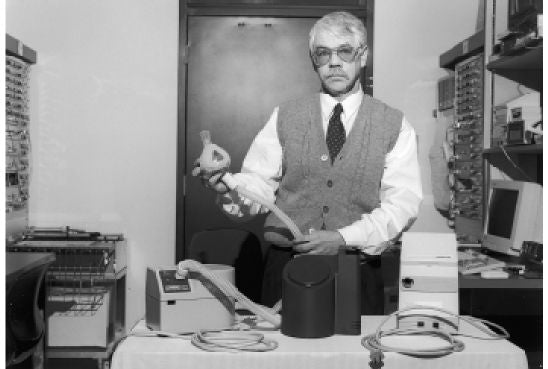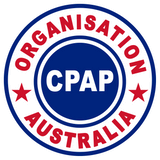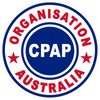A Brief History of CPAP

Sleep apnea has a strong correlation with the development of cardiovascular diseases, such as high blood pressure, heart disease, and stroke, which are the most frequent diseases that afflict our population today.
When Robert Macnish published his book The Philosophy of Sleep in 1834 there was little need for physicians to pay attention to the philosophy of sleep. Sleep was perceived as the intermediate stage between awake and death because you merely slept. There was nothing unique to worry about.
What has been discovered so far is that sleep is a dynamic process. It is not simply the absence of waking, but a highly regulated and controlled brain activity. Thus, what we now know is that sleep is a very tightly regulated process of the body in the brain. And when disease occurs, most commonly sleep disordered breathing, it can impair sleep quality, which has an effect on overall health.

Charles Dickens was one of the first people to describe sleep apnea. In his first book, The Pickwick Papers, he describes Joe, the "fat boy" who consumes great quantities of food and constantly falls asleep in any situation at any time of day. Joe was given the epithet ‘Young Dropsy’. Dropsy was the term at the time for people who had oedema, or more precisely, congestive heart failure. Even back then, there was some recognition that people who are excessively sleepy, and in this case, overweight, develop other health problems and heart failure early in life.
In the 1920s, Hunsberger invented the EEG, or electroencephalogram, which enabled physicians to examine brainwave activity for the first time and to recognise that there were differences between the brainwave patterns observed in awake and sleeping patients. They also recognised distinctions within the sleep pattern, that there was something called REM sleep, which was coined much later, and non-REM sleep, and that these patterns were fairly distinct. When we are in REM sleep, we have a tendency to dream. And, in fact, the brainwave patterns observed during REM sleep are almost identical to those seen during wakefulness. Thus, when we dream, the brain is extremely active.
By the 1960s this evolution, this divergence, became truly visible. Dr. William C. Dement was among the first to describe the distinction between the diverse types of brainwaves and sleep. Thus, in the 1960s Schaefer researchers and clinicians to propose a system for measuring sleep and differentiating between the various sleep patterns and the related brainwave patterns. Sleep medicine began to make significant strides towards inclusion in mainstream medical practice. And in 1965, pioneering work at Stanford established the term ‘polysomnography’ (the technical word for a sleep study in medicine), and the first description of sleep apnea by the early 1970s.

By the 1980s an Australian pulmonologist called Dr. Collin Sullivan began macgyvering old vacuum cleaner parts to develop the first CPAP Machine. He had spent three years in Toronto studying dogs, notably English bulldogs, pugs, and other breeds with a similarly compacted respiratory systems, before turning his attention to humans with the same problem. Dr. Sullivan discovered a relationship between sleep and respiration through these exploratory experiments. And so, the first rudimentary Continuous Positive Airway Pressure (CPAP) device was constructed.
Prior to this, the only effective treatment for sleep apnea was a tracheostomy, a surgical procedure that created a hole at the base of the neck. As we all know, everyone sleeps. Thus, a considerable number of people have sleep problems, which are often under-recognized and under-reported. However, approximately 60% of patients who visit their primary care physician complain of some type of sleep problem, whether it is insomnia, inferior quality sleep, or difficulty staying asleep. The majority of patients complain to their primary care physician. Around 25% of these patients exhibit symptoms consistent with obstructive sleep apnea, OSA.


Leave a comment